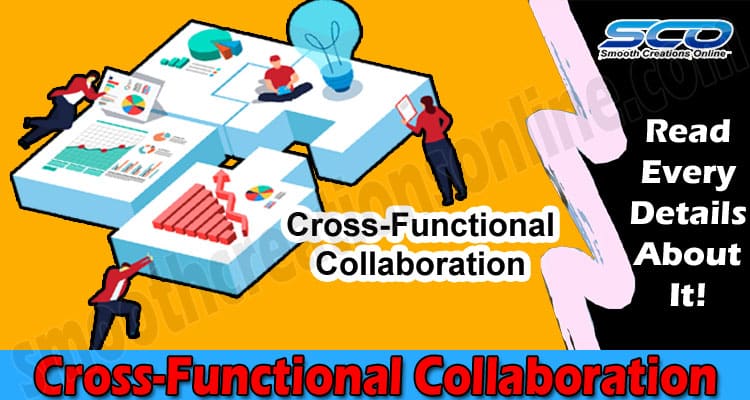Table of Contents
What Is Cross-Functional Collaboration?
Cross-functional collaboration is a process by which different departments in an organization work together to achieve a common goal or a task. The sales department and marketing team collaborating to increase the sales of the product or service is an example of cross-functional collaboration.
In an organization, no department can work in isolation. At some point or another, one would require the help or assistance of another department. Hence, cross-functional collaboration fosters different teams to work together instead of against each other.
What Are The Benefits Of Cross-Functional Collaboration?
The following are the major benefits of cross-functional collaboration.
- Encourages innovation-
Usually, when employees work in silos, they are unable to see and solve a problem. This can prevent the teams to achieve their goals.
However, cross-functional collaboration enables employees belonging to different departments to make use of their skills and knowledge together to solve a problem or come up with some innovative ideas. When employees work together it enables them to see even the unseen aspects of the project and suggest out-of-the-box solutions.
- Promotes learning from one another-
Cross-functional collaboration promotes employees from different teams to learn from each other. For example, the HR manager can learn from a marketing team how to write a job description to attract an audience on social media. On the other hand, a marketing manager can learn from HR about how to recruit new employees to the organization.
- Boosts employee engagement-
Man is a social animal and hence loves to interact with people around him. Cross-functional collaboration enables employees to interact and communicate with one another. This establishes an open, positive, and friendly working environment. This boosts employee engagement and pushes them for excellence.
- Timely achievement of goals-
When a team works alone without collaborating with other teams, then it might become difficult to meet deadlines.
However, cross-functional collaboration enables swift execution of projects, and that too, in a stipulated time.
How An LMS Can Help Improving Cross-Functional Collaboration?
Cross-functional collaboration is the success mantra for an organization’s growth and development. To ensure successful collaboration you can use a learning management system or an LMS.
An LMS can help improve cross-functional collaboration in the following ways.
- Communication and interaction-
Using an LMS, different departments can communicate and interact with each other regularly. An LMS equipped with social learning tools makes this possible.
For instance, using video conferencing or web conferencing different departments can interact with one another. This makes employees feel more connected with their colleagues despite being physically apart.
- Sharing of information-
Using an LMS, different departments can share important information and data. All the important documents and eLearning resources which need to be shared can be uploaded to the online digital library. Thus, employees can access the information anytime and anywhere by simply logging into their eLearning platform.
- System integrations-
LMS and HRMS (Human Resource Management System) are vital systems of an organization that helps to ease work-related challenges. But by integrating the two systems, the L&D and HR departments can help in addressing the key problems in an organization.
For instance, by integrating LMS and HRMS the team managers can understand the root cause of high dropouts from eLearning courses. Maybe the online instructors are failing to deliver the information properly to employees or maybe it’s the language that is causing employees to walk out in the middle of their eLearning journey.
You can even use an LMS that provides all one solution for HR services and workforce management, such as UKG Pro.
- Timely completion of the projects-
Employees belonging to different departments undergo training to improve their skillset. During training, they are allotted projects and assignments that need to be completed on time. Working in isolation not just prevents them from meeting deadlines but also affects the quality of their work.
However, an LMS enables the employees belonging to different departments to interact with each other. For instance, an employee undergoing sales training can connect with employees who are members of the product designing team. By interacting with them, the employee can know more about the company’s products features and uses. This enables the employee to gain an edge over his competitors in the sales team.
Also, there are some common projects in the company that requires different department employees to come under a common roof. When teams work together, they can wrap up projects quickly and efficiently.
- Team charters-
An LMS enables the team leaders to create team charters to achieve goals. These charters mention the following information-
- Mission or goal of the project
- Team roles
- Expectations
These charters can be shared in team rooms, chat rooms, or even via email.
Conclusion-
An LMS paves way for cross-functional collaboration which promotes social learning and boosts employee engagement and performance. It enables sharing of documents and creates a room for employees to interact with each other and work together to achieve common goals.


